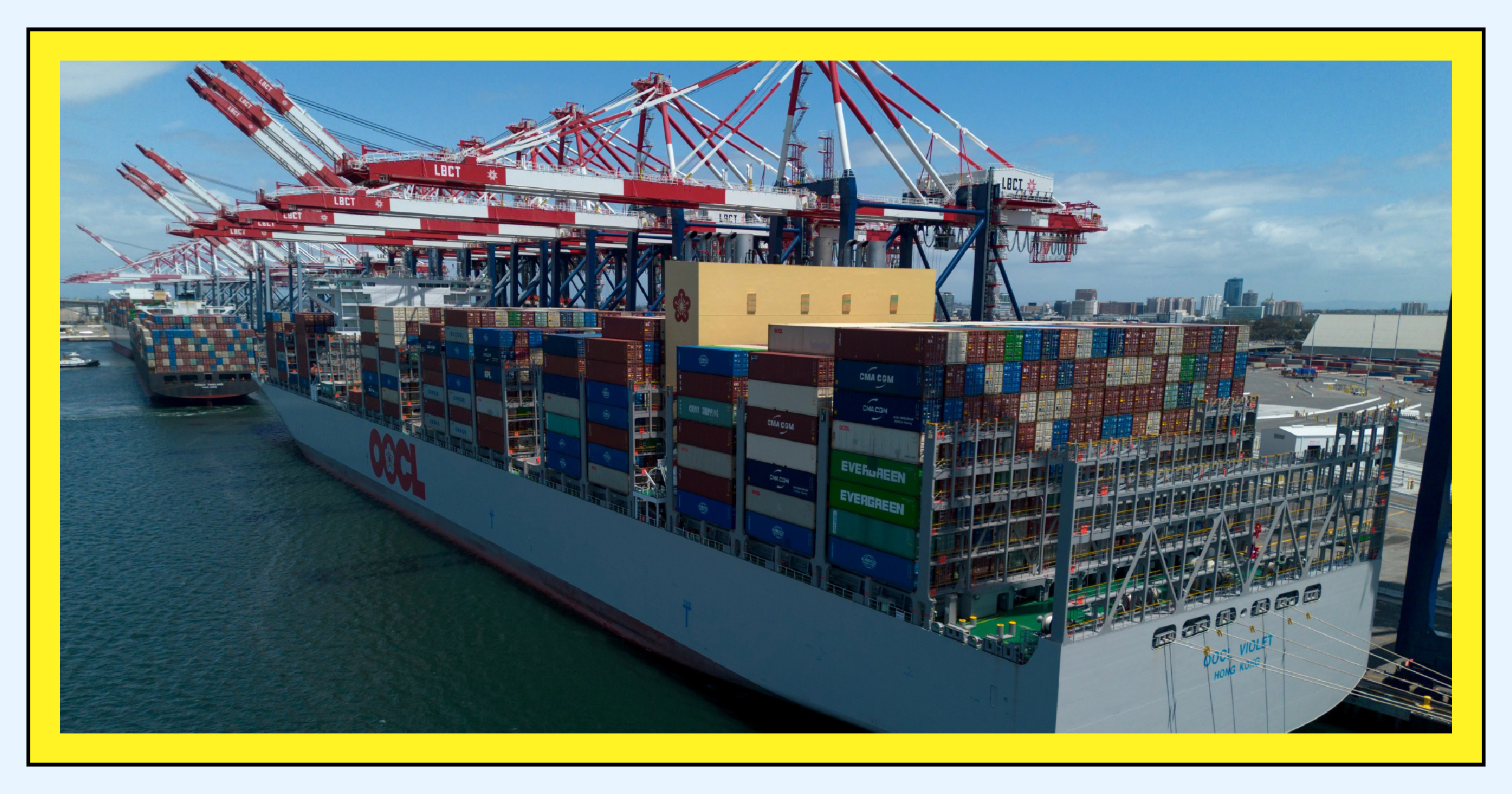On April 24, dockworkers at the Port of Long Beach began unloading the OOCL Violet, a massive vessel carrying thousands of containers filled with goods destined for the US. The Violet is among the first ships to face a new reality: a steep 145% tariff rate on nearly half of its Chinese cargo, due to President Donald Trump’s ongoing trade war with China.
The ship had already started loading goods bound for the US before Trump announced new tariffs on April 2. Upon reaching California, it carried cargo valued at approximately $564 million, according to data from IHS Markit. Around 40% of these goods were likely subject to the new 145% rate, leading to an estimated $417 million in additional tariffs for importing companies.
Tino Muratore, general manager of Worldlawn Power Equipment, noted the uncertainty this situation creates for businesses. “We don’t know if this is permanent or temporary… so we’re all in kind of a fog,” he said.
The cargo included a variety of consumer goods and industrial supplies such as fish, sneakers, forklifts, latex gloves, car windshields, pasta, wheelchairs, and bras. Calculating tariffs involves complex factors including product type, origin, and the ship’s departure timing relative to tariff announcements.
The Violet first loaded cargo in Dalian, China, where most Chinese goods faced an additional 20% US tariff. By the time it left Ningbo, the rate had risen to 45% for certain products. A final tariff hike just hours before leaving Shanghai pushed duties on Chinese goods to 145%, adding an estimated $220 million to import costs.
Many companies, like Worldlawn Power Equipment, had limited time to respond to these sudden changes. Bloomberg News estimated the cost of new tariffs by consulting logistics experts and reviewing recent executive orders. The exact duties may vary based on details provided to customs officials.
The new tariffs are expected to generate billions in immediate revenue for the US Treasury, though this could be temporary as the number of cargo ships from China to the US has dropped significantly. The Port of Long Beach forecasts a roughly 40% reduction in vessel calls and import volumes between mid-April and mid-May.
China will release April trade data, offering insight into how exports have changed and how US importers have reacted to tariff increases.
— new from Bloomberg.com
